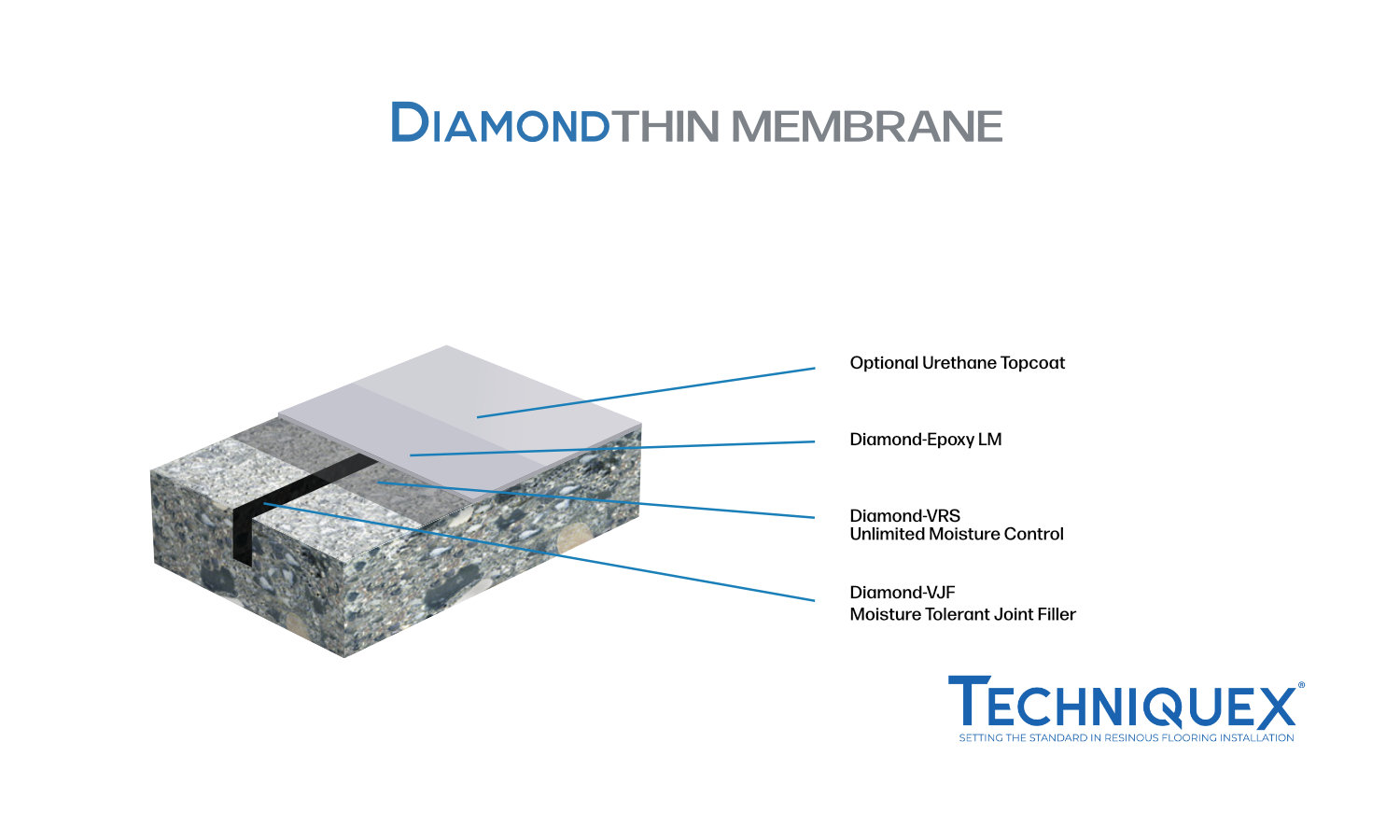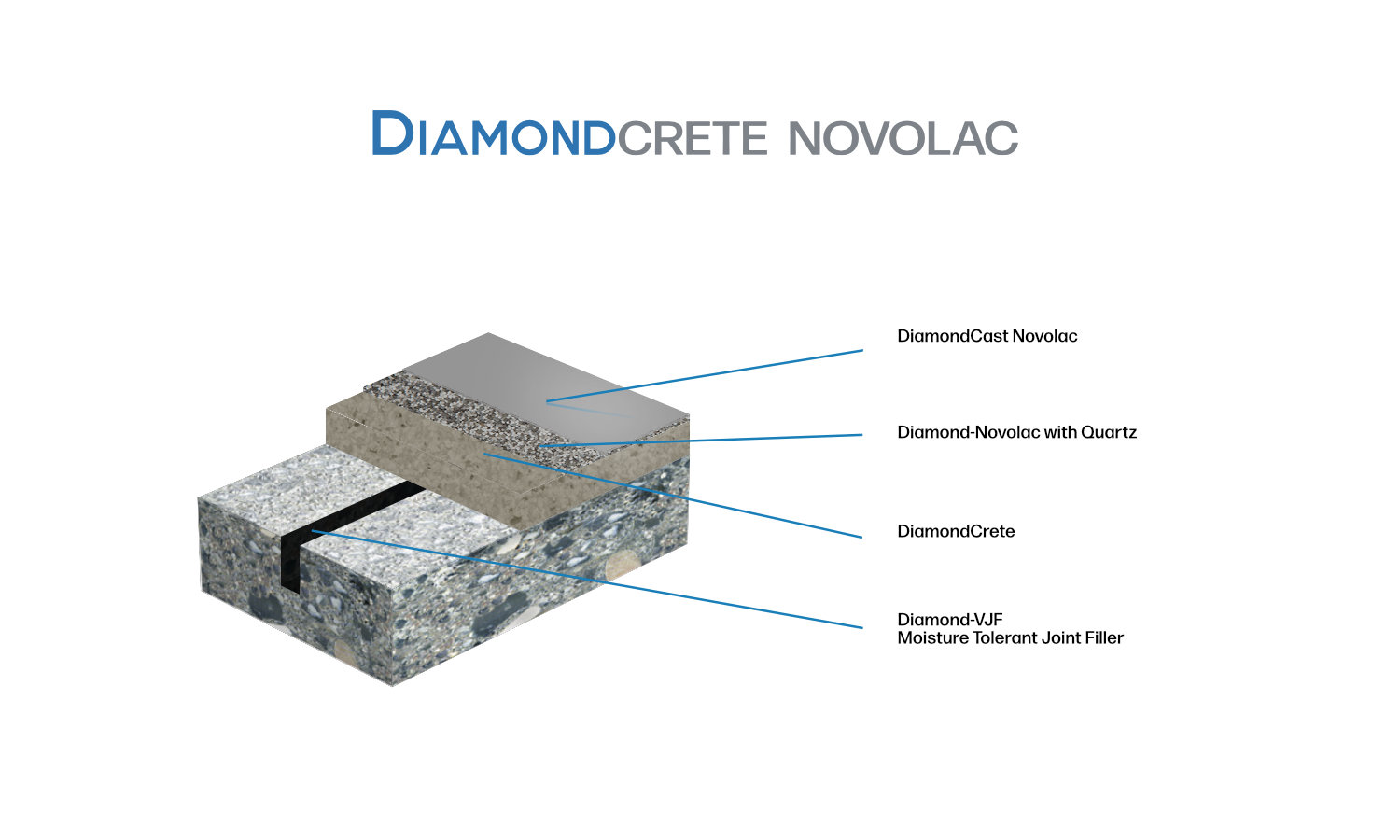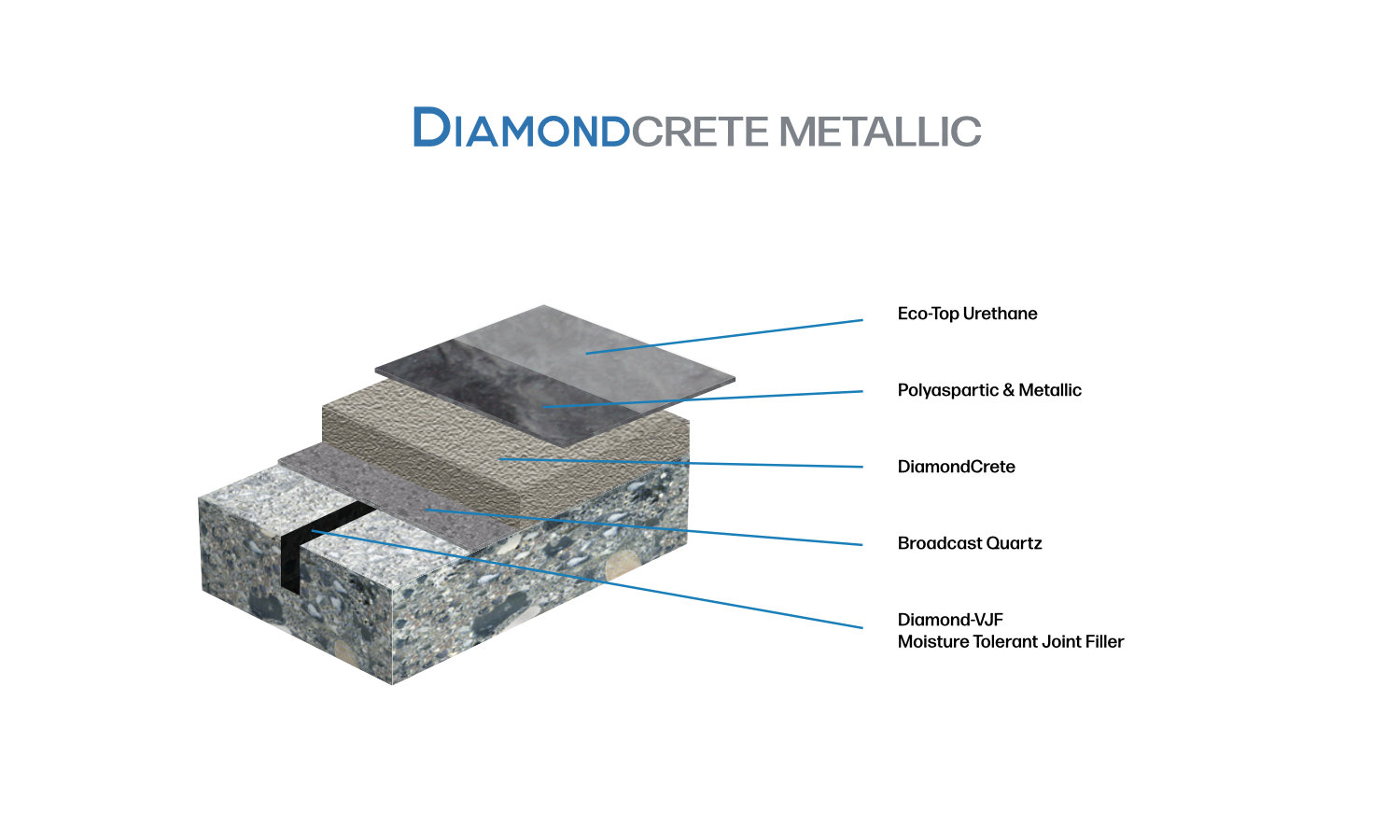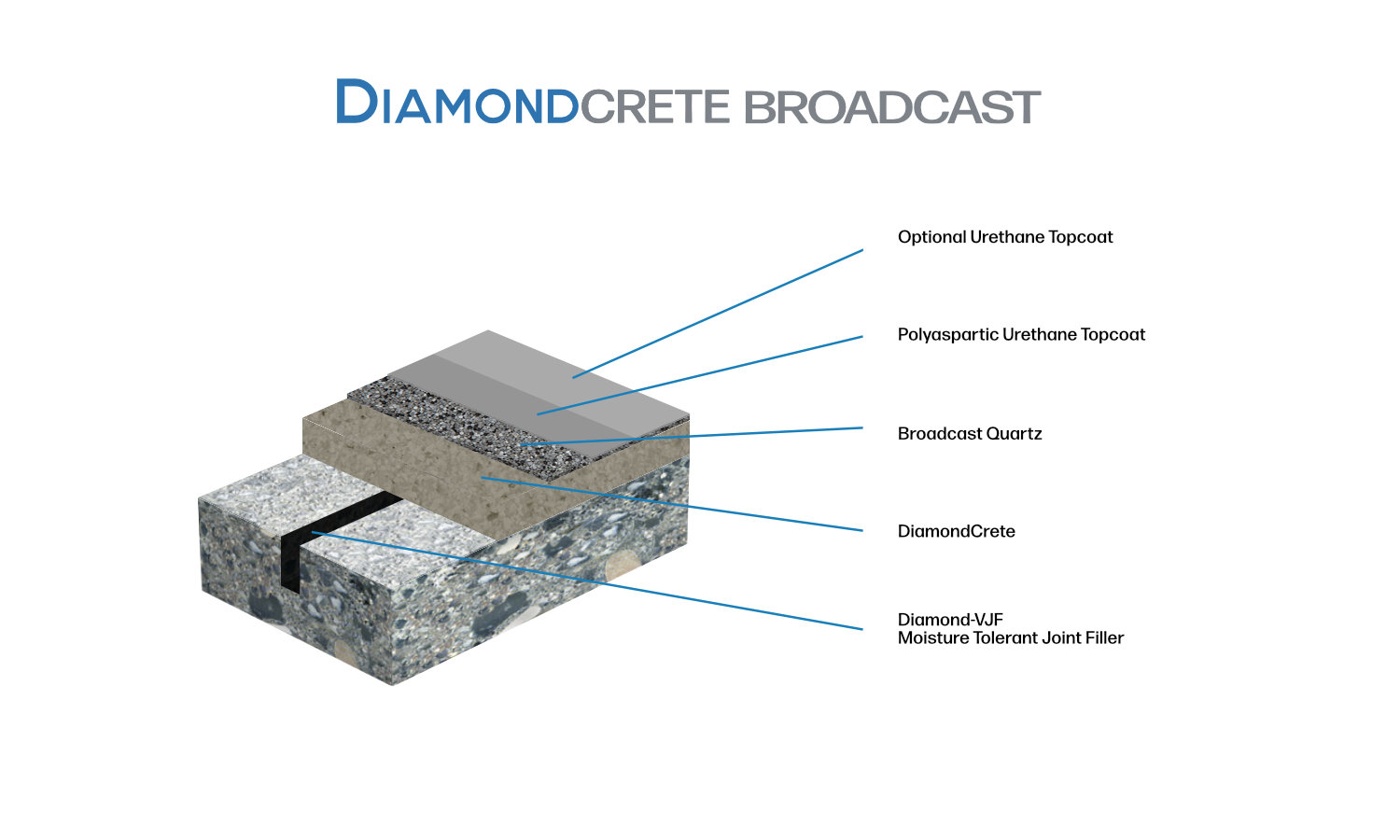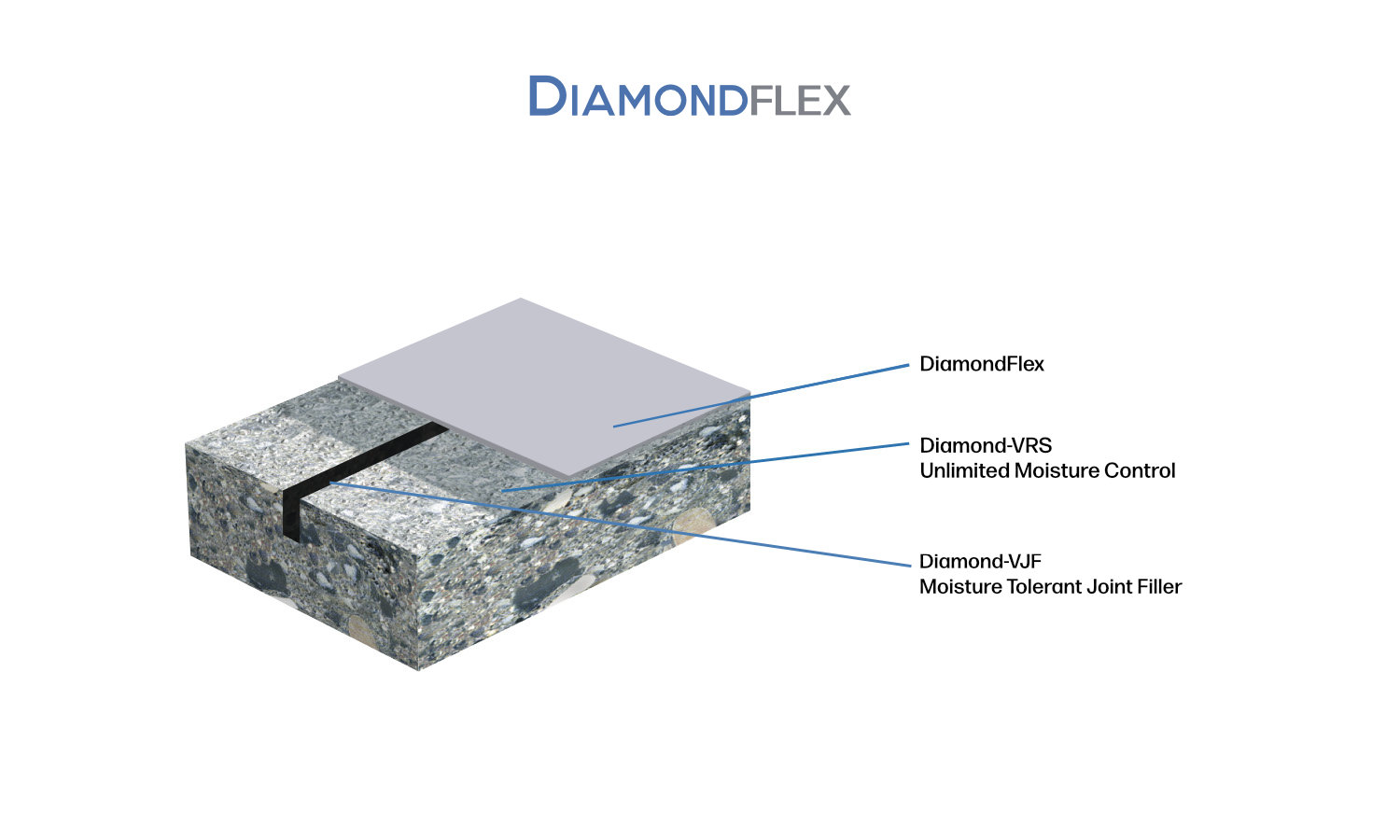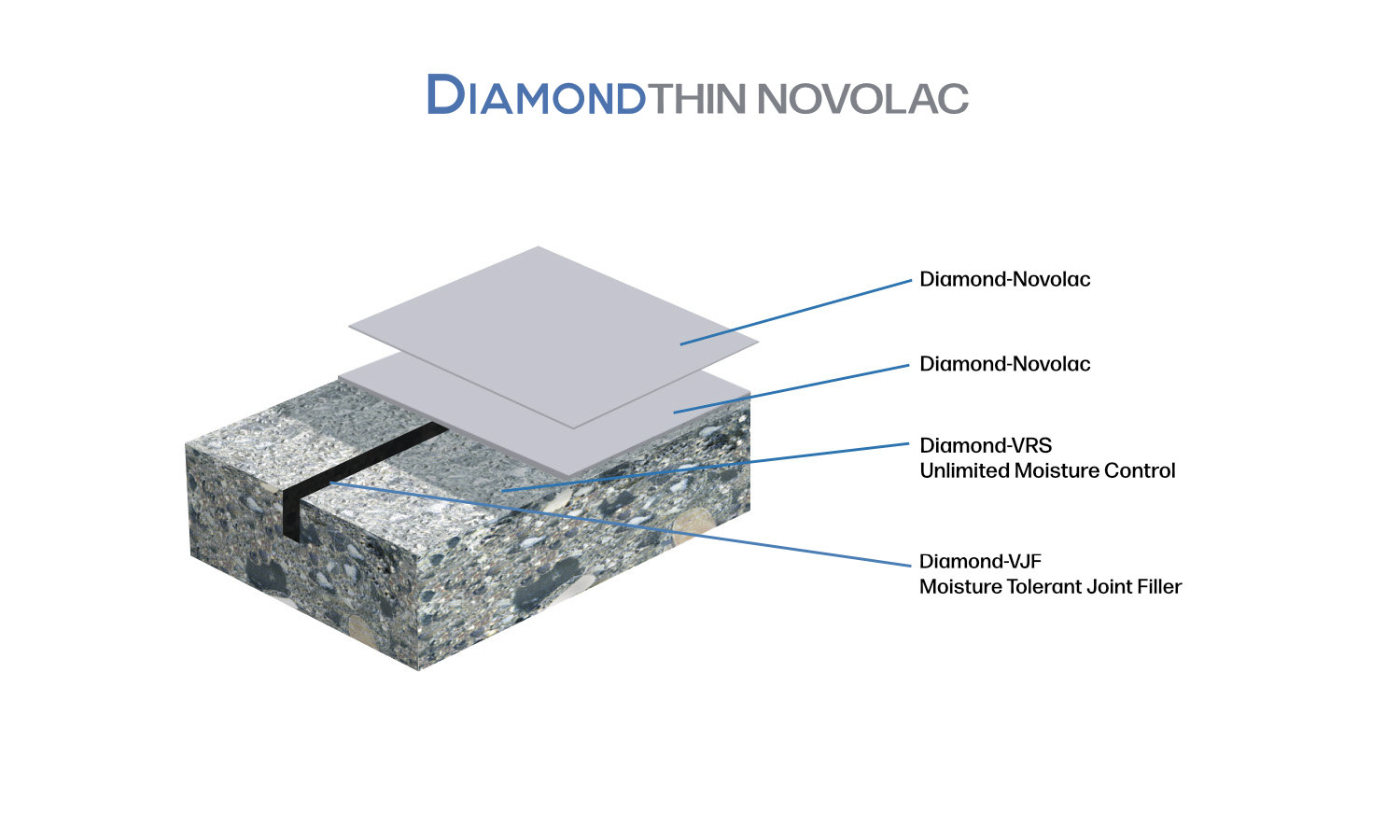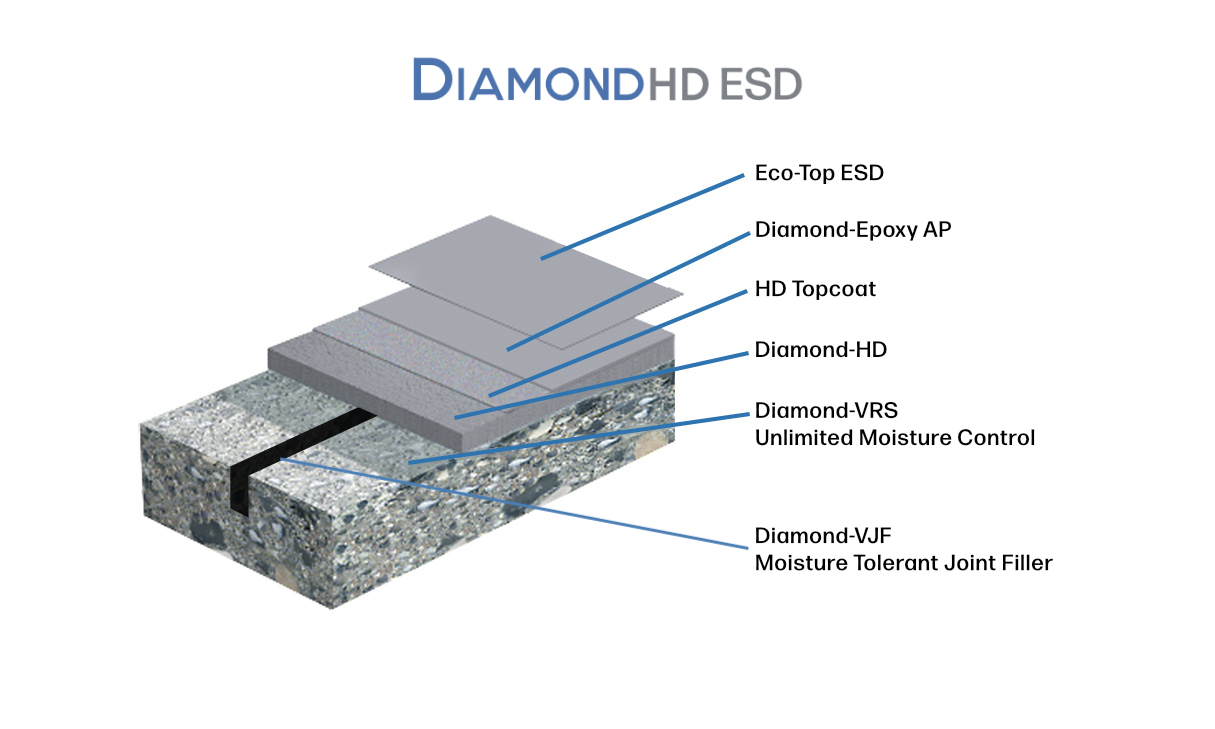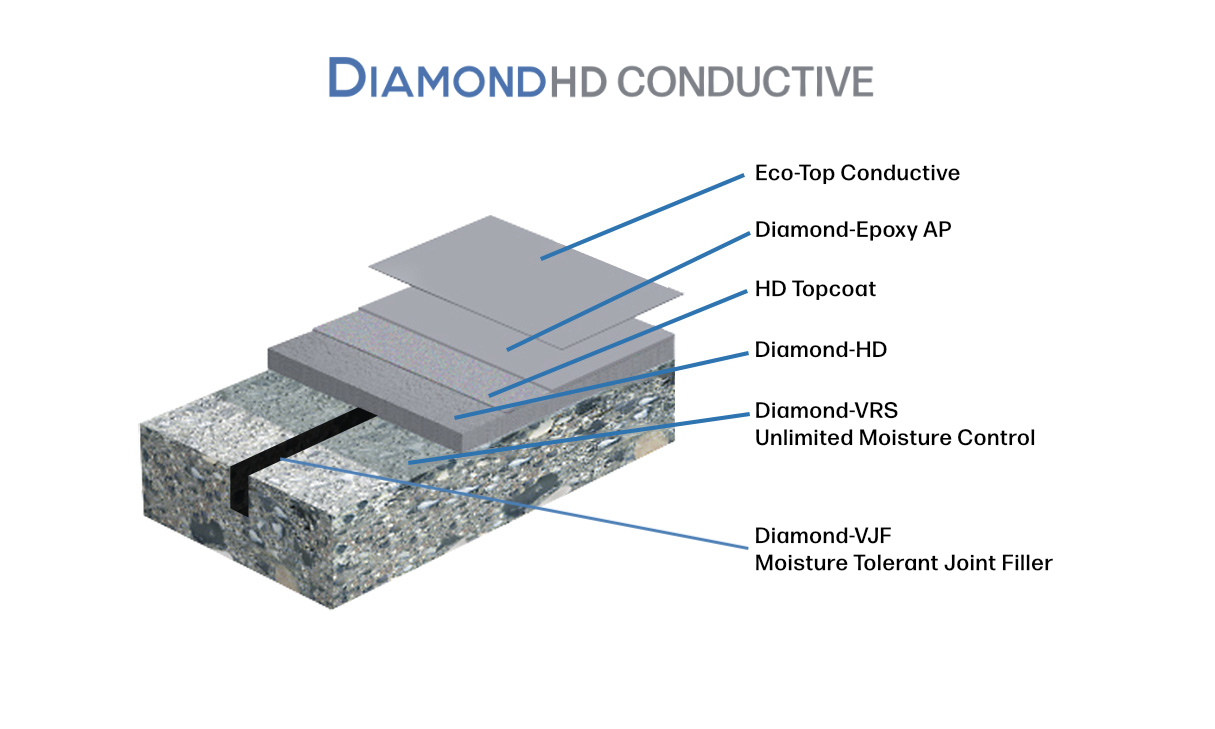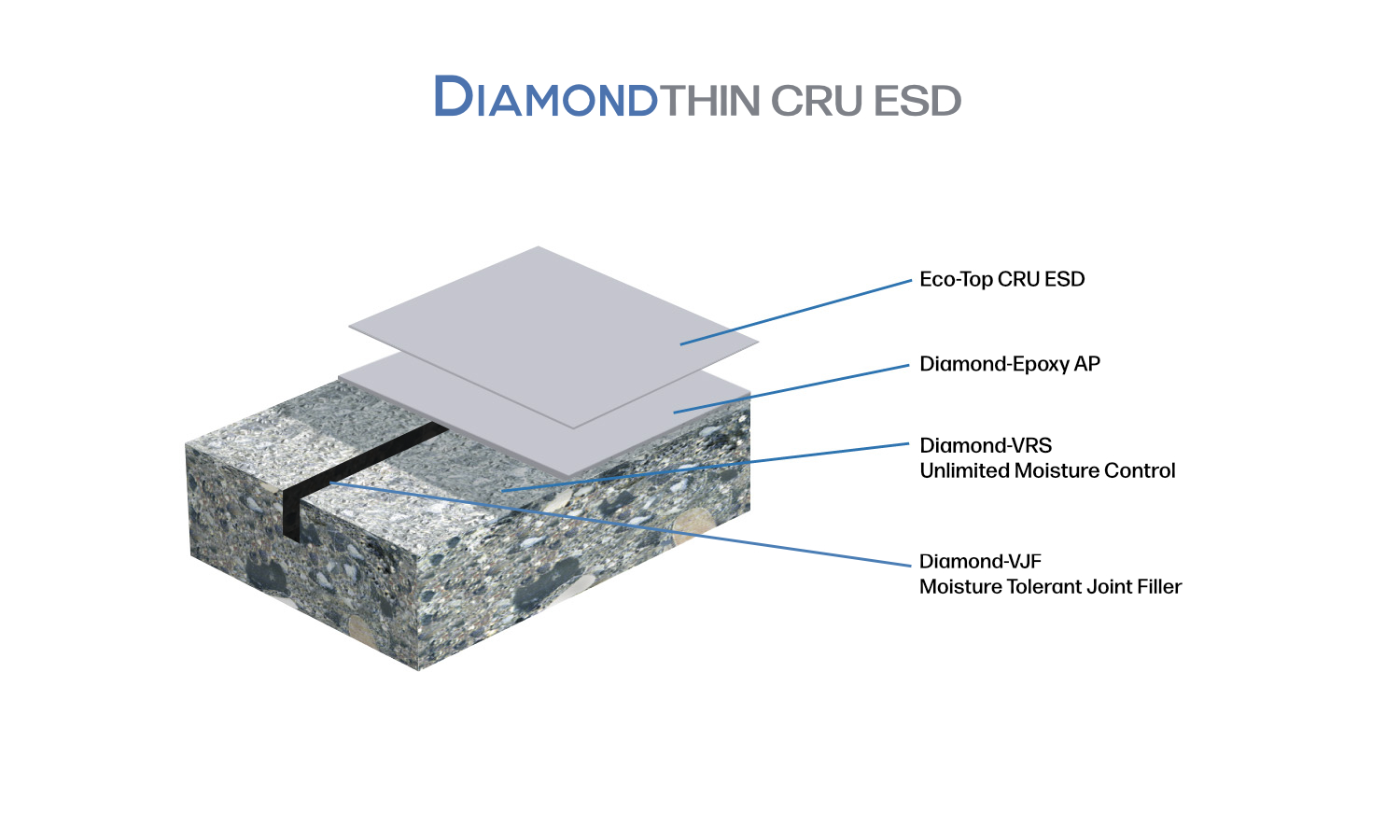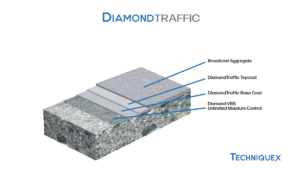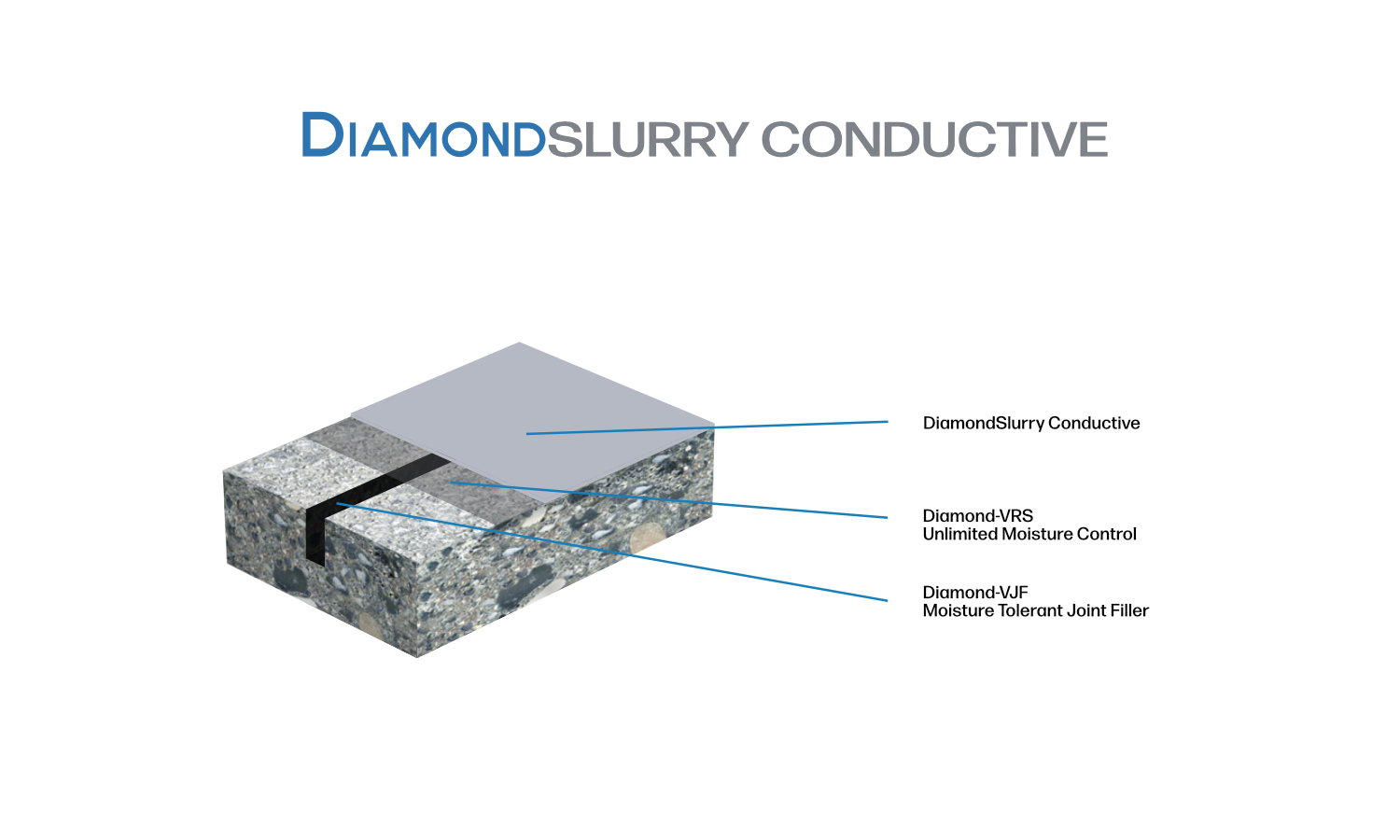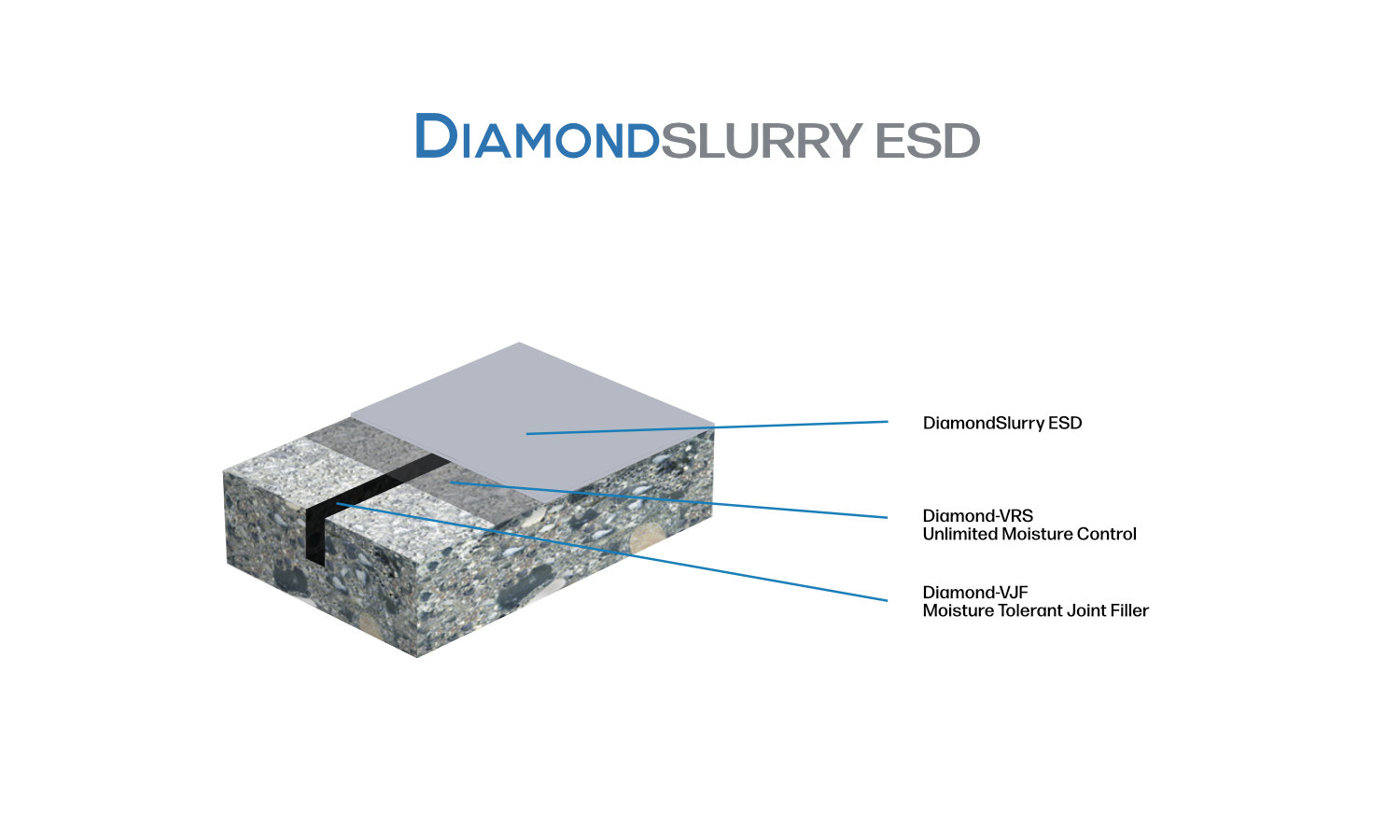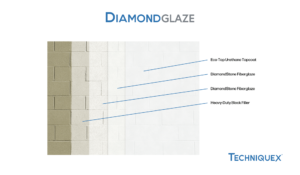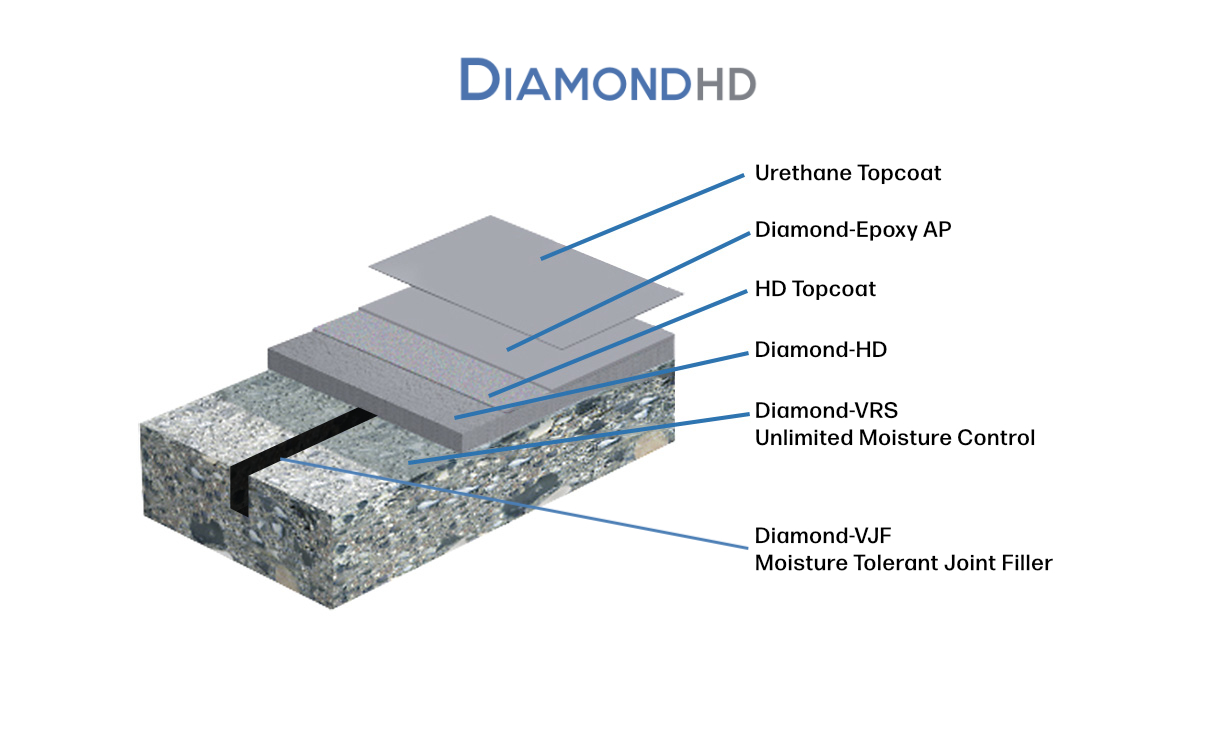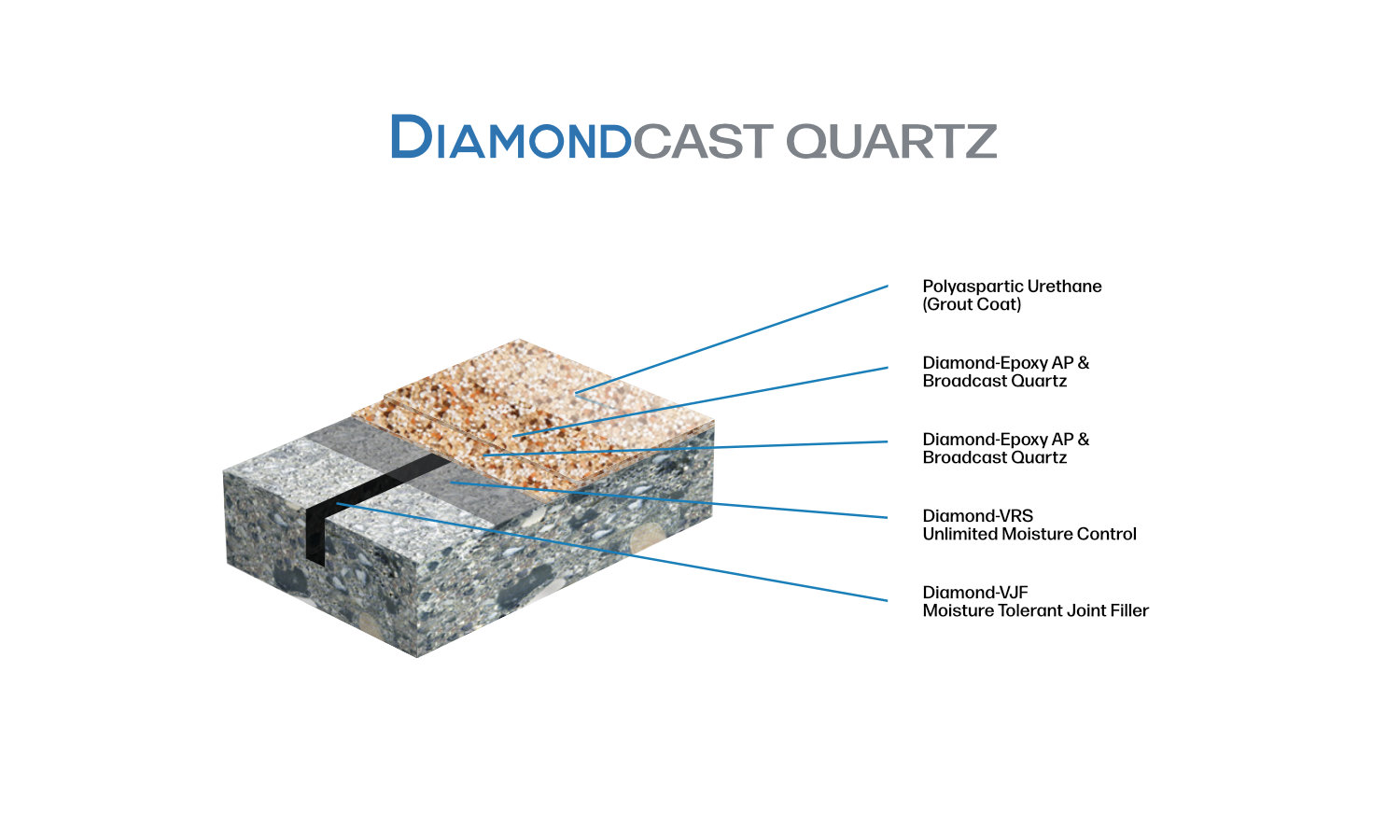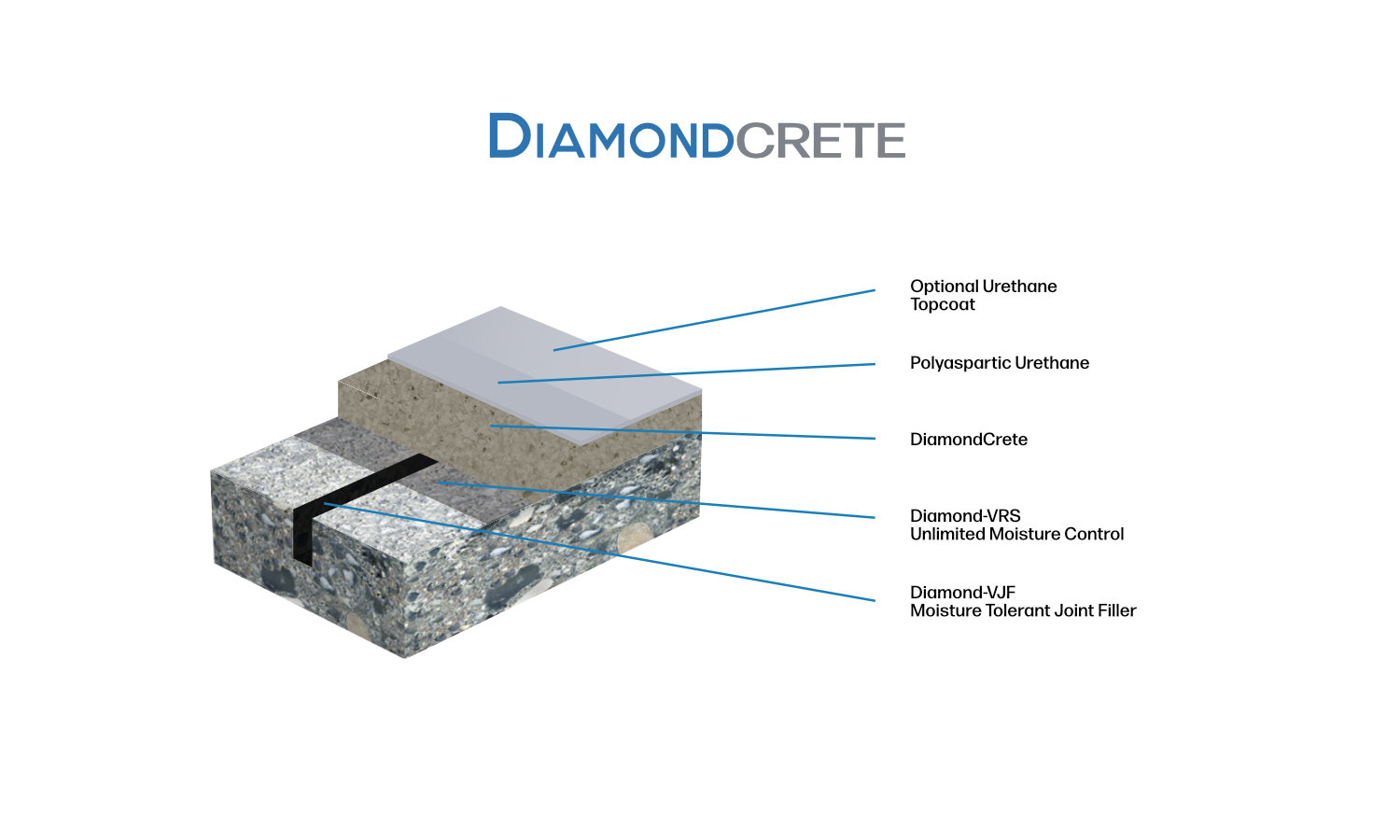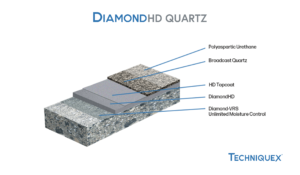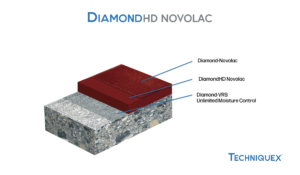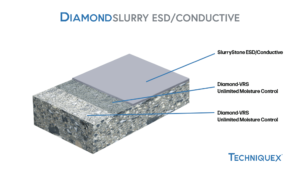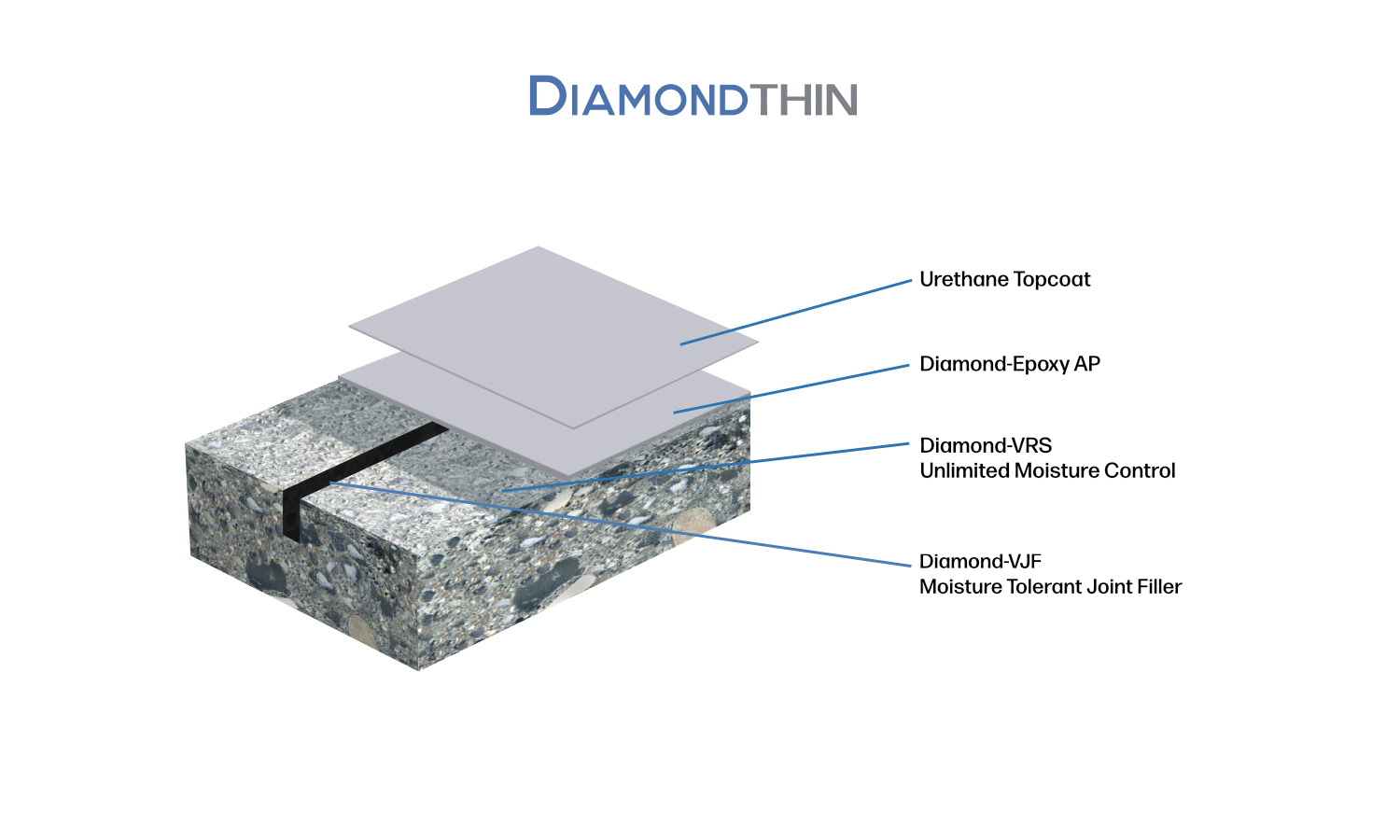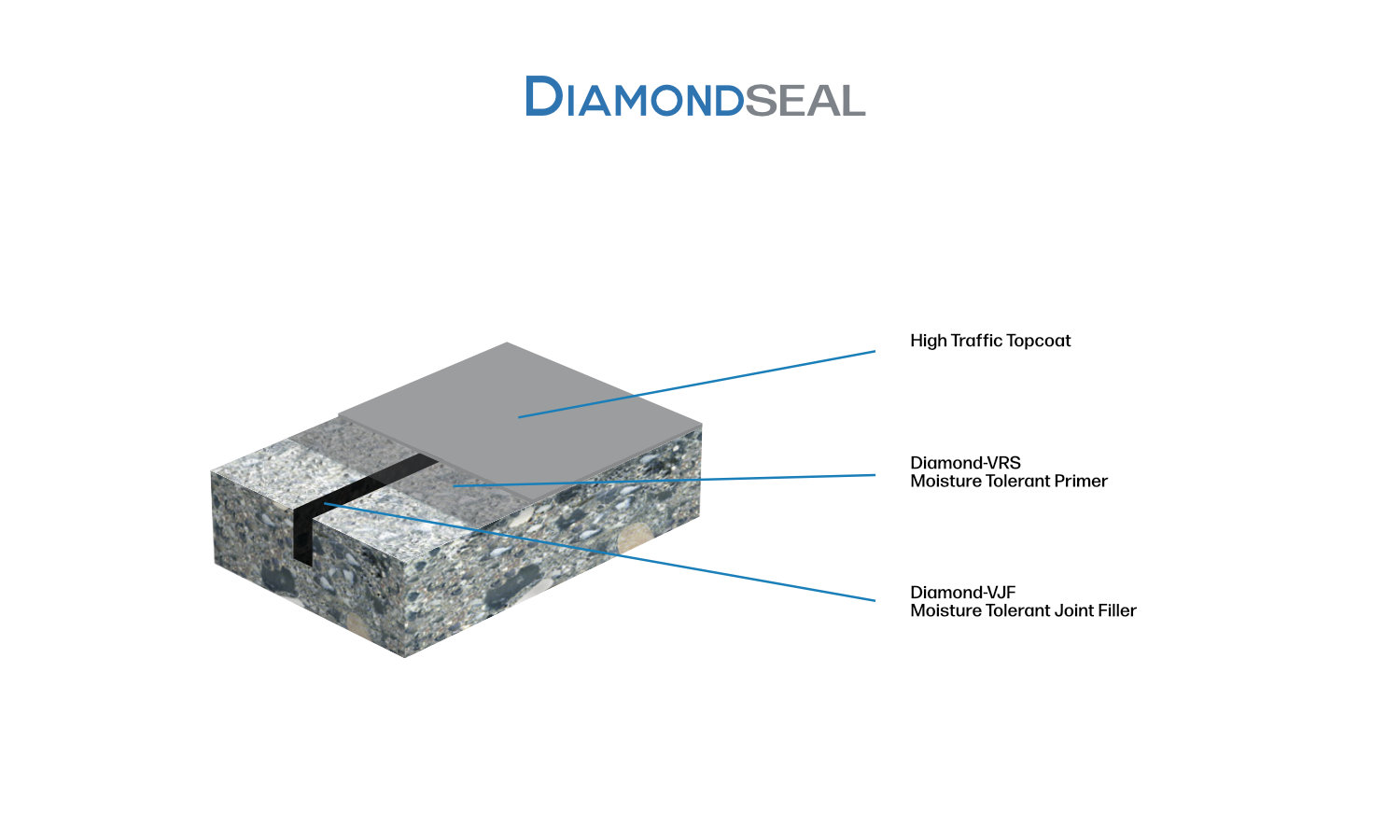Resin Flooring vs Epoxy Flooring: What’s the Difference?
In the world of industrial and commercial floor systems, the terms “resin flooring” and “epoxy flooring” are often used interchangeably. However, while all epoxy floors are resinous floors, not all resin floors are epoxy. This distinction is crucial for facility managers, designers, and contractors tasked with selecting the right solution for performance, durability, and environmental compliance.
What is Resin Flooring?
Resin flooring is a broad term referring to any flooring system made from synthetic resin. These systems cure into a hard, durable surface that bonds to concrete substrates. The primary types of resin floors include:
Each has its own chemical structure and application method, resulting in distinct performance profiles.
What is Epoxy Flooring?
Epoxy flooring specifically refers to a type of resin floor composed of epoxy resins and hardeners. When mixed, these components chemically react to form a rigid plastic material with strong adhesion, chemical resistance, and mechanical durability.
Epoxy floors are ideal for environments requiring a robust, smooth, and highly durable finish. They are particularly common in warehouses, manufacturing plants, and clean rooms.
Key Differences Between Resin and Epoxy Flooring
1. Chemical Composition
2. Moisture Tolerance
3. Thermal Shock Resistance
4. Curing Time
5. Impact and Abrasion Resistance
6. Chemical Resistance
7. UV Resistance
8. Slip Resistance
All resin floors can incorporate slip-resistant aggregates. DiamondCrete Broadcast is a good example for exterior or wet conditions.
9. VOC Content
10. Applications and Use Cases
|
Floor Type |
Best Use Case |
|
Epoxy |
Clean rooms, warehouses |
|
Urethane Cement |
Food plants, wet areas, freezers |
|
MMA |
Retail stores, quick installs |
|
Polyaspartic |
Garages, fast-track projects |
|
Rubberized Urethane |
Hospitals, standing areas |
Installation and Lifecycle Considerations
Installation Complexity
Longevity & Maintenance
Proper installation and surface prep are critical. Systems like DiamondStone offer multi-layer configurations with warranties up to 5 years. Surface prep includes:
Environmental and Regulatory Compliance
Conclusion: Making the Right Choice
While epoxy flooring remains a staple in many industrial settings, broader resin flooring options offer targeted benefits for diverse conditions. Understanding the differences between epoxy and other resin types ensures optimal performance, longevity, and compliance. By considering environmental factors, substrate conditions, and intended use, stakeholders can confidently select a flooring system tailored to their unique operational needs.
For industry-leading performance and installation excellence, refer to systems in the DiamondStone line from Techniquex—engineered for durability, beauty, and compliance in every environment.


